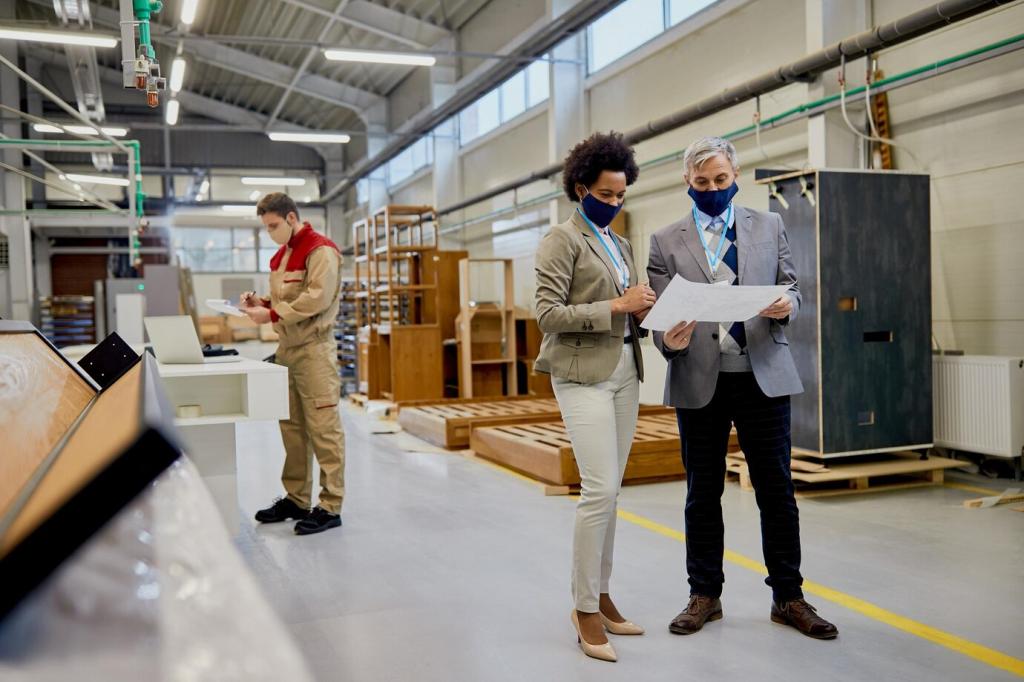
Navigating the Challenges in Sustainable Furniture Manufacturing
Chosen theme: Challenges in Sustainable Furniture Manufacturing. Let’s explore the real obstacles behind responsible materials, clean chemistry, efficient production, circular design, transparent storytelling, and logistics—through practical tips and human stories. Share your experiences, ask questions in the comments, and subscribe for ongoing insights shaped by your feedback.
Sourcing Responsible Materials Amid Complex Supply Chains
Certifications like FSC or PEFC are essential, but they are just the start. Manufacturers still chase chain-of-custody paperwork, audit mills, and verify species to avoid illegal logging. Tell us: which labels earn your trust, and where do you want deeper proof of origin?
Sourcing Responsible Materials Amid Complex Supply Chains
Sustainably harvested lumber and recycled textiles can cost more or arrive irregularly. The challenge is to choose materials that meet durability requirements and aesthetic goals without derailing budgets. Would you accept a longer lead time to back a cleaner supply chain?
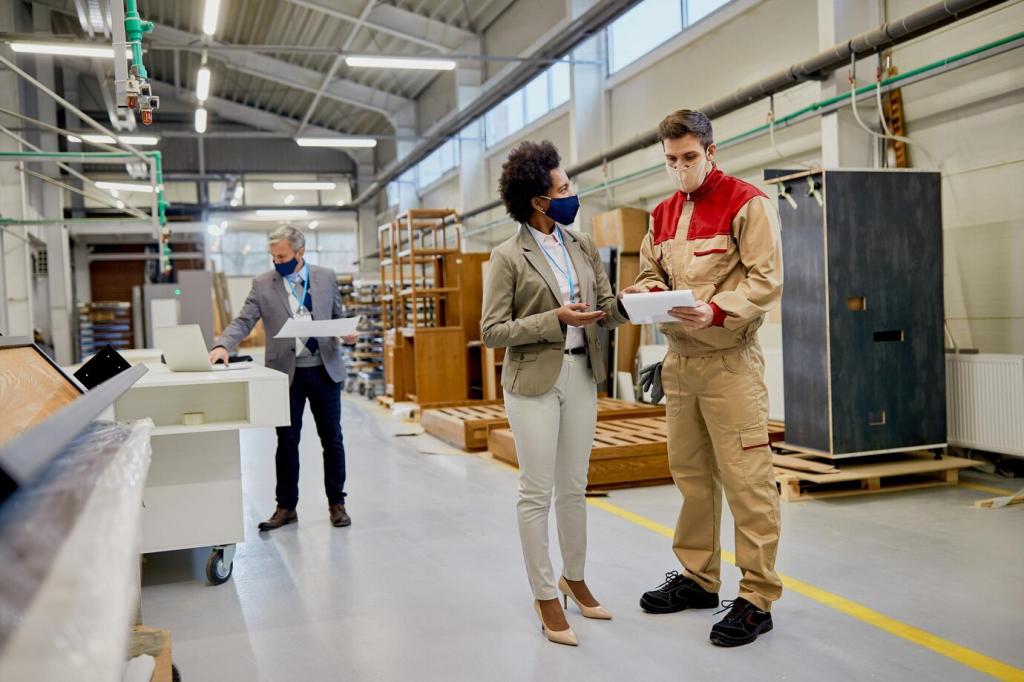
Designing for Circularity Without Compromising Beauty
Glued joints can be strong and elegant, but tough to take apart. Mechanical fasteners allow repair and recycling but risk visible hardware. Designers now hide fasteners in shadow lines and use reversible adhesives on select joints. Would you value discrete screws if they extend product life?
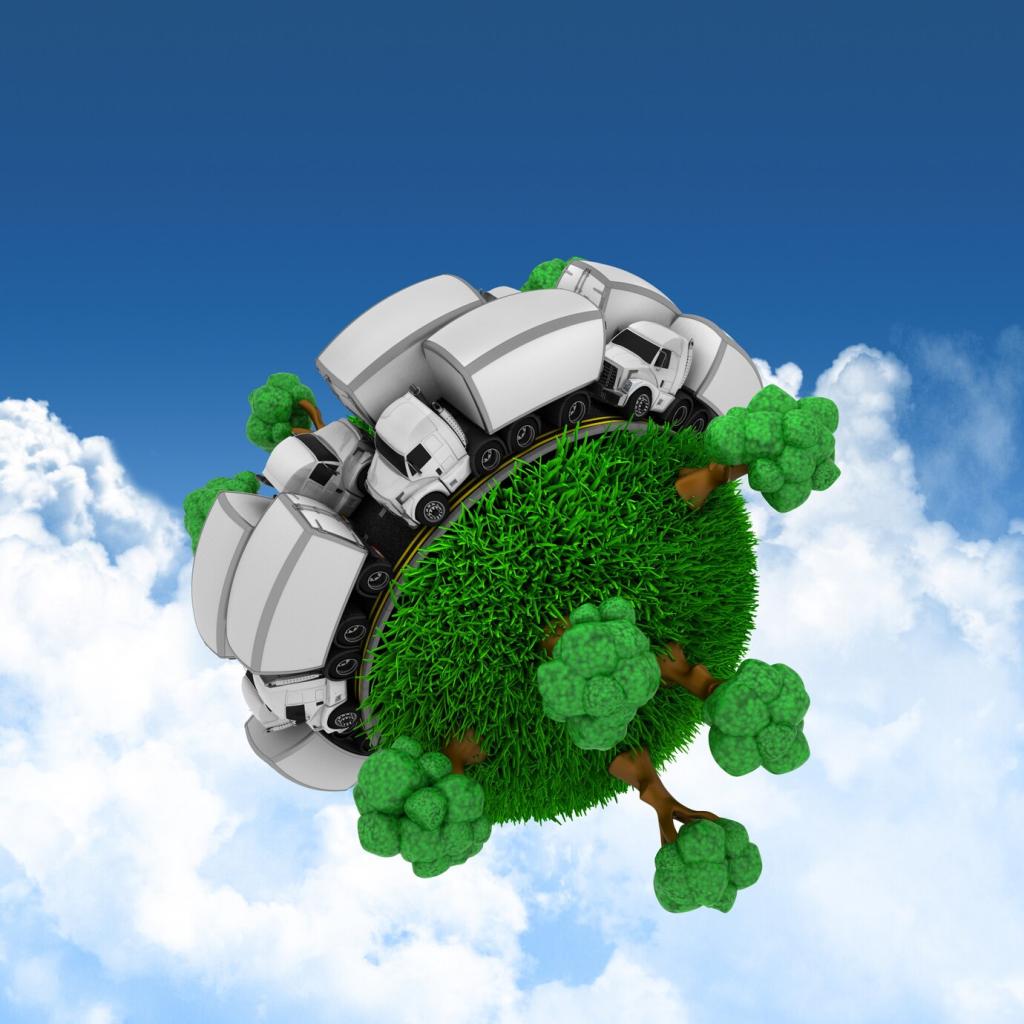
Clean Chemistry in Finishes and Adhesives
Waterborne, UV-Cured, and the Drying Bottleneck
Waterborne and UV-cured coatings slash solvents, but they demand controlled humidity, careful film thickness, and new curing lines. Plants re-sequence production to avoid bottlenecks. Would you tolerate slightly longer lead times for a safer, cleaner finish that lasts longer in your home?
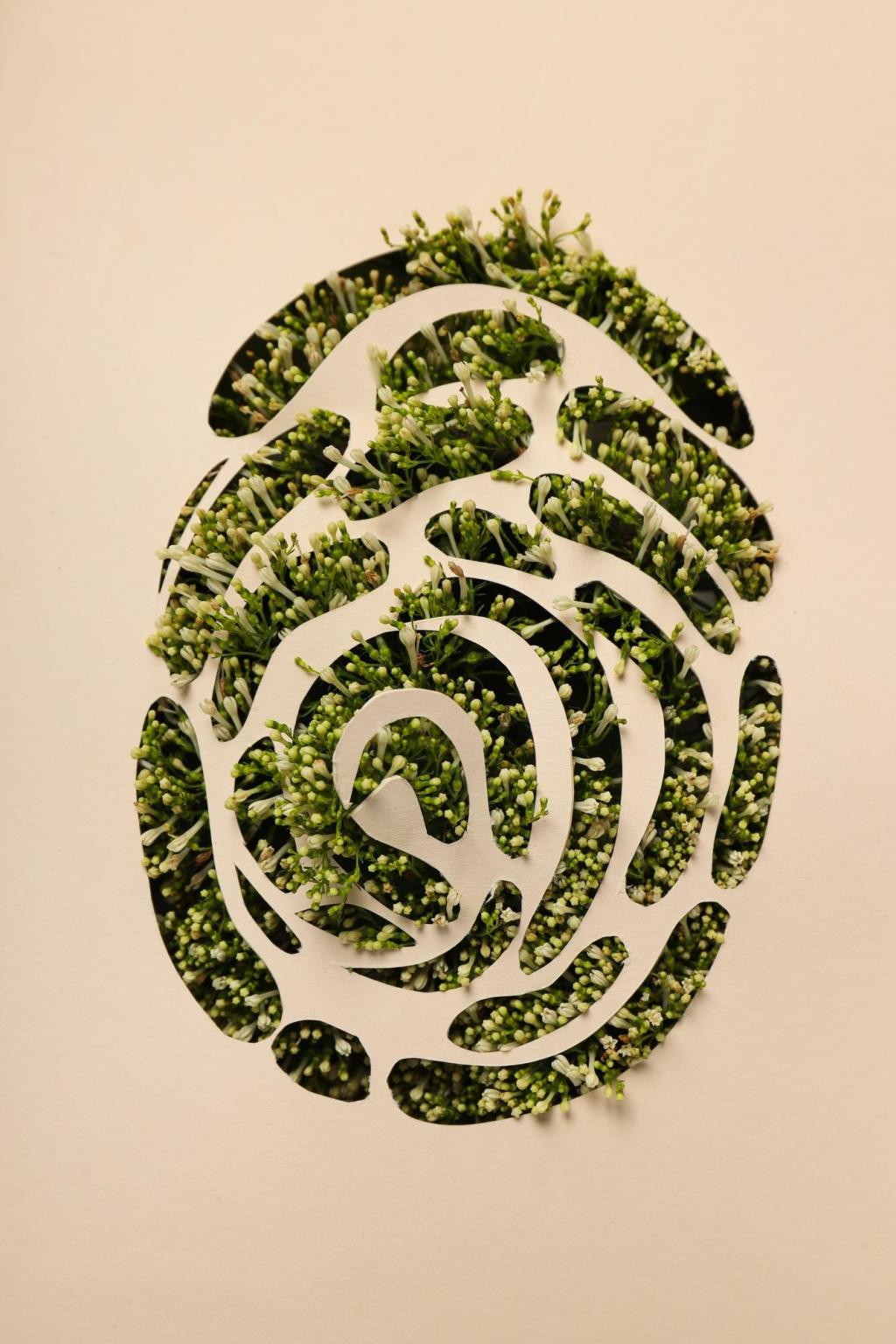
Energy, Processes, and Factory Flow
Switching from gas ovens and boilers to electric or heat-pump systems cuts emissions if the grid is clean. Yet peak loads spike bills. Teams add thermal storage, stagger curing cycles, and invest in rooftop solar. Would you support a surcharge that funds a plant’s clean energy transition?
Energy, Processes, and Factory Flow
CNC nesting software, calibrated toolpaths, and sharp cutters shrink offcuts and energy use. One factory saved 11% on panels by redesigning part libraries and standardizing radii. Share your favorite optimization tricks—and ask us for a deep-dive guide in a future post.
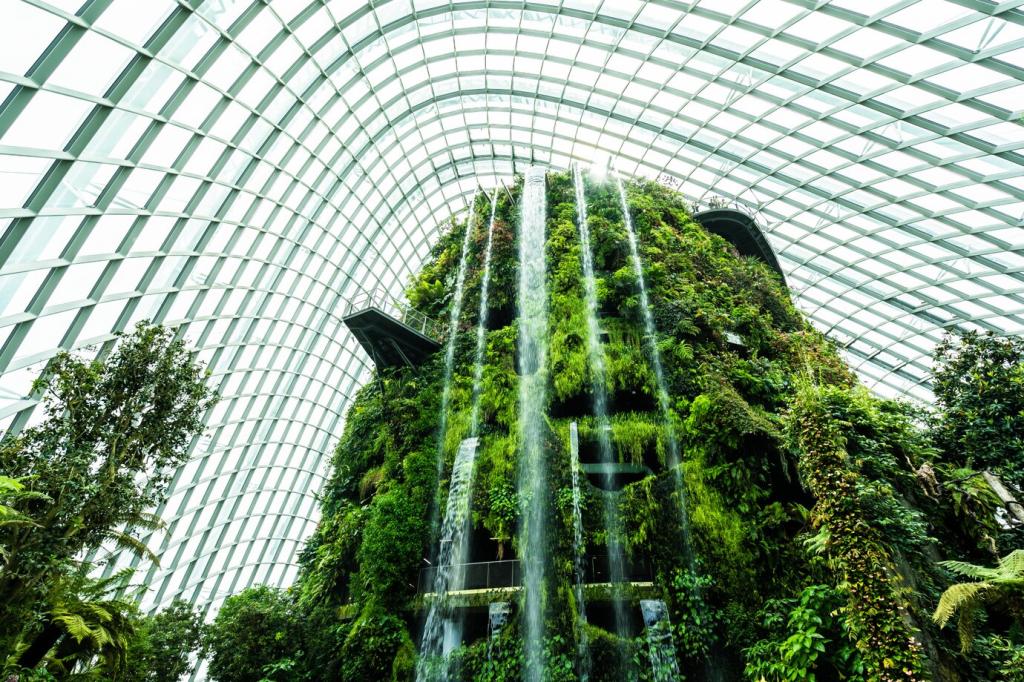
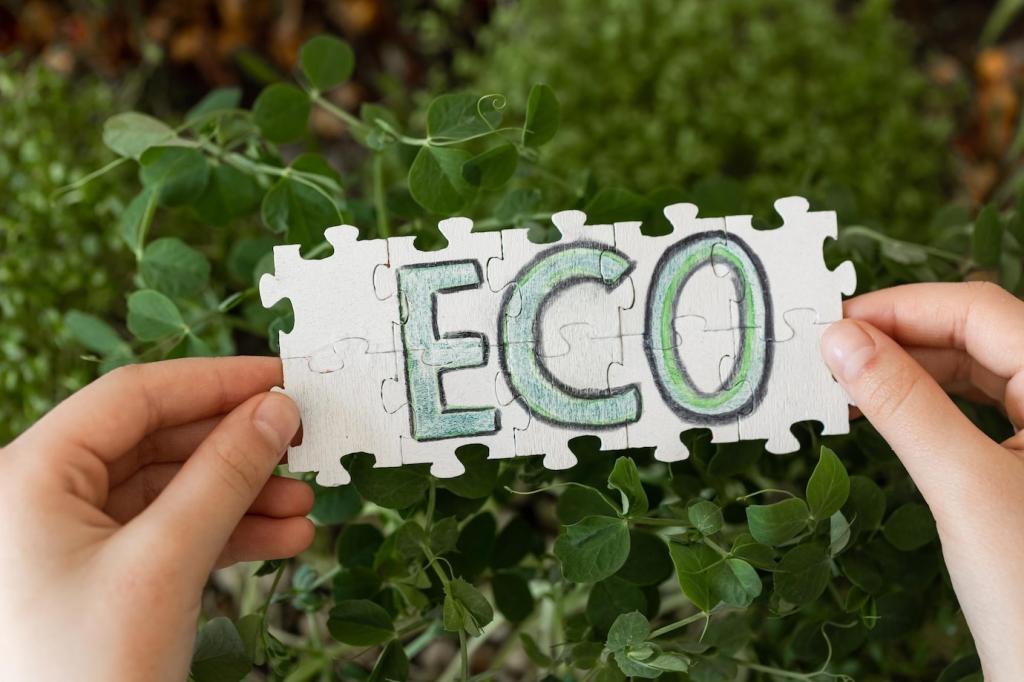
FSC, PEFC, GREENGUARD Gold, and BIFMA LEVEL can meaningfully reduce impacts. Vague eco-badges, not so much. We maintain a public matrix mapping labels to proof. Tell us which claims confuse you—our next newsletter will unpack them with real examples.
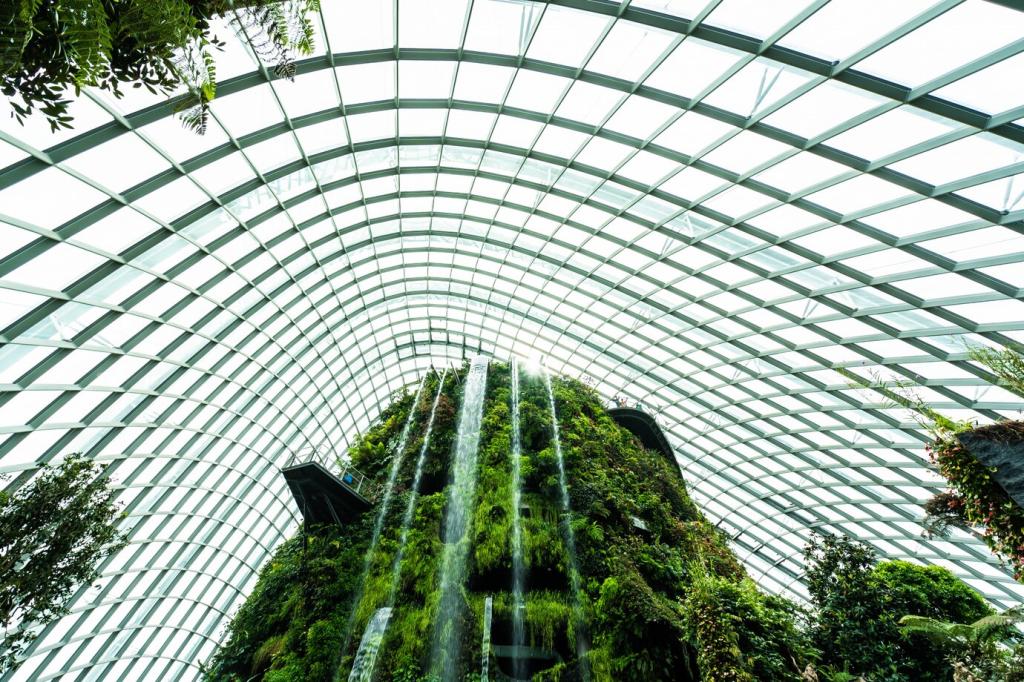
QR-linked LCAs and product passports reveal materials, emissions, and repair guides. They turn marketing into accountability. Would you scan a code before purchasing? If yes, what data—carbon footprint, maintenance tips, or replacement parts—would help your decision most?
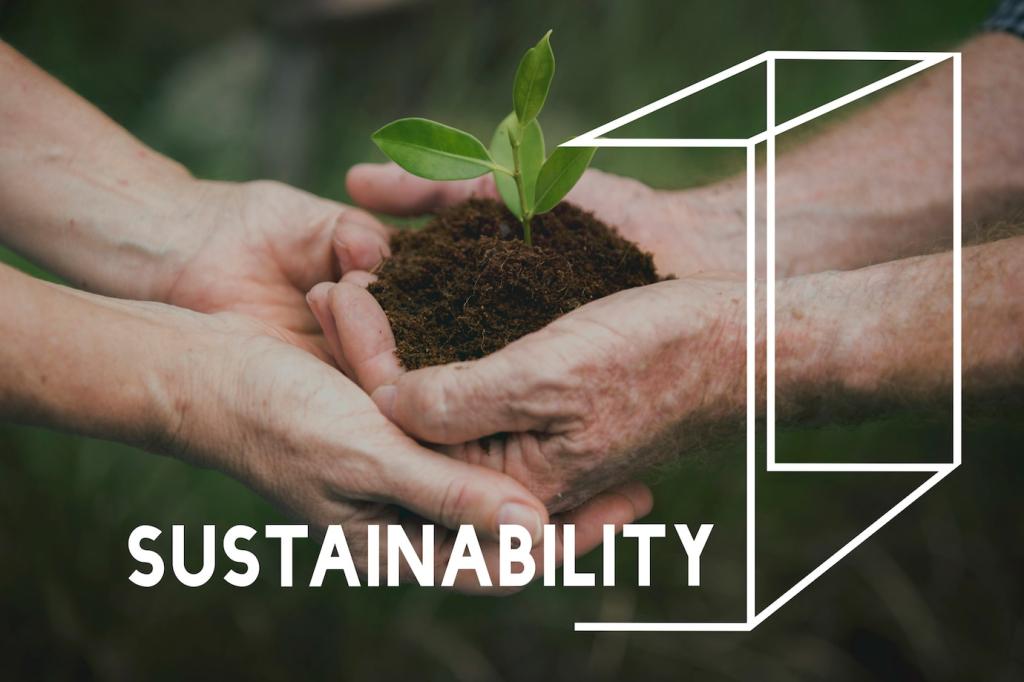
No product is impact-free. The integrity test is admitting trade-offs and showing the plan to improve. A candid roadmap builds trust faster than glossy claims. Comment with the one transparency metric you value most; we will champion it in upcoming features.
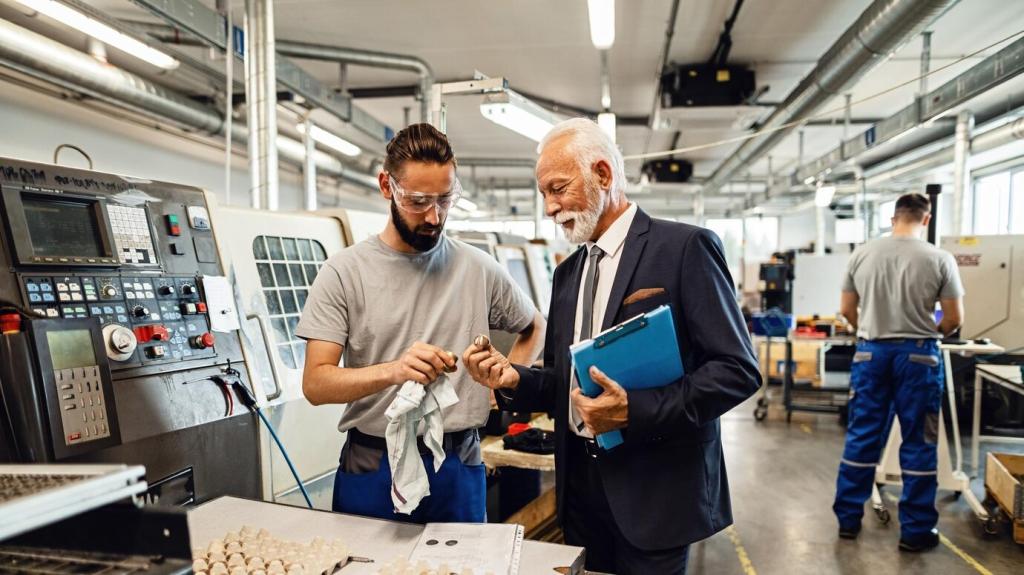
Logistics, Packaging, and the Last Mile
Flat-pack designs slash cube volume and emissions but can raise assembly risks. Engineers add reinforced corners, smart hardware, and clearer instructions to prevent returns. Would you choose flat-pack if it saved emissions and money, provided assembly took under thirty minutes?
Logistics, Packaging, and the Last Mile
Recycled cardboard, molded pulp, and reusable blankets beat foam and plastic. Yet return logistics are tricky. Pilots with retailers collect blankets for local deliveries. Tell us if you’d participate in a deposit system that rewards returning protective packaging.
Join our mailing list
